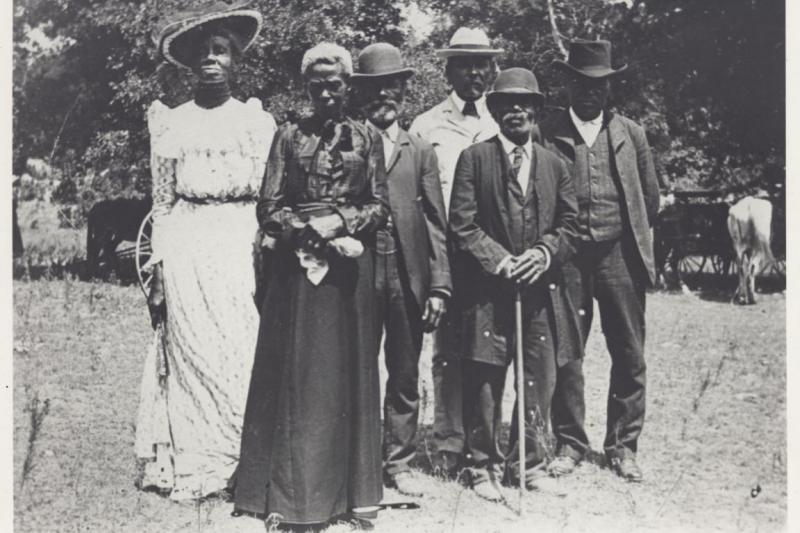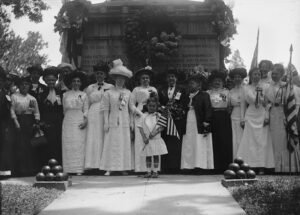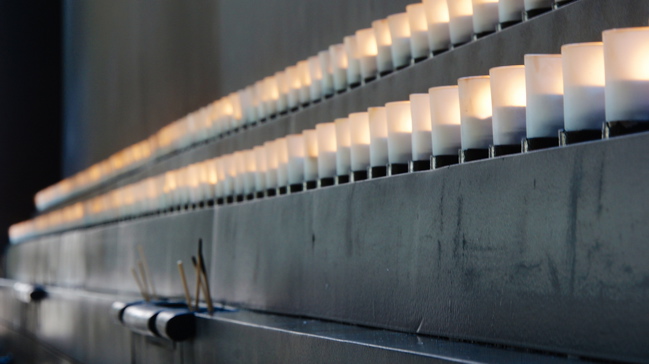
Shown are the public photos of the famous four U.S. Army chaplains: Lt. Alexander Goode, a rabbi; Lt. George Fox, a Methodist minister; Lt. Clark Poling, a Dutch Reformed minister; and Lt. John Washington, a Roman Catholic priest. All four perished with the sinking of the SS Dorchester after being struck by a German torpedo, Feb. 3, 1943. In 1988, Congress honored them by establishing Feb. 3 as Four Chaplains Day. (NOTE: Anyone is free to save and re-share this photograph.)
SATURDAY, FEBRUARY 3: In many chapels, congregations and American Legion halls nationwide, a Four Chaplains observance is held every year on February 3rd to remember and honor four brave chaplains who sacrificed their lives to save the lives of others.
On February 3, 1943, the US Army transport ship Dorchester was carrying 902 soldiers, civilians, and crew members across the North Atlantic. Suddenly, the ship was hit by a German torpedo and started sinking rapidly. Panic and chaos broke out among the passengers, many of whom could not swim.
The U.S. Air Force published Captain Brett Barner’s and Chaplain Mark Schutzius’s column about the observance, which dramatically sums up the story:
Amidst the terror and confusion, the four chaplains began to guide and direct everyone on board. It was dark, cold and the ship was sinking quickly. Naturally, people began to panic and feared for their lives. These chaplains brought a sense of calm and peace in a time of incredible uncertainty. One account says that petty officer John Mahoney headed back towards his cabin when Rabbi Goode noticed he was going the wrong way and asked where he was going. “To get my gloves,” Mahoney responded. Rabbi Goode told him to take his gloves, but Mahoney resisted. He contended that he couldn’t take the chaplain’s own gloves. “Never mind, I have two pairs,” Rabbi Goode replied. It’s said that Mahoney later realized the chaplain never planned to leave the vessel.
Each chaplain eventually made it to the top of the ship and helped distribute life jackets and get survivors into lifeboats. As you can imagine, things were stressful. People began to wonder if they would receive a life jacket or if there would be enough room in the life boats. Again, these chaplains helped calm those fears. When life jackets ran out, one account says that the chaplains immediately offered their four life jackets to four service members who hadn’t received them. One survivor said, “It was the finest thing I have seen or hope to see this side of heaven.”
Their bravery and selflessness didn’t end there. Eyewitnesses say that as the ship finally began to sink below the water, the four chaplains stood against the deck with their arms linked together. They prayed together. They sang together. They died together.
Honoring ‘Unity without Uniformity’
In 2024, with record rates of antisemitism and Islamophobia in the U.S. and around the world, a remembrance of their joint sacrifice seems especially appropriate to many community leaders. Check in your part of the U.S., because many local events seem to have been planned this year.
Ceremonies in honor of the courageous men emphasize “unity without uniformity,” a primary part of the mission of the Four Chaplains Memorial Foundation. The Chapel of the Four Chaplains was dedicated by President Harry S. Truman in 1951. In 1988, an act of Congress officially declared February 3 as an annual Four Chaplains Day.
The four chaplains were posthumously awarded the Purple Heart and Distinguished Service Cross. In 1960, a Congressional Medal of Valor was created and presented to the chaplains’ next of kin. Stained glass windows of the men still exist in a number of chapels across the country—and at the Pentagon—and each year, American Legions posts nationwide continue to honor the Four Chaplains with memorial services. The Four Chaplains Memorial Foundation continues to honor those who exemplify the heroic traits of the Four Chaplains, promoting “unity without uniformity.”




